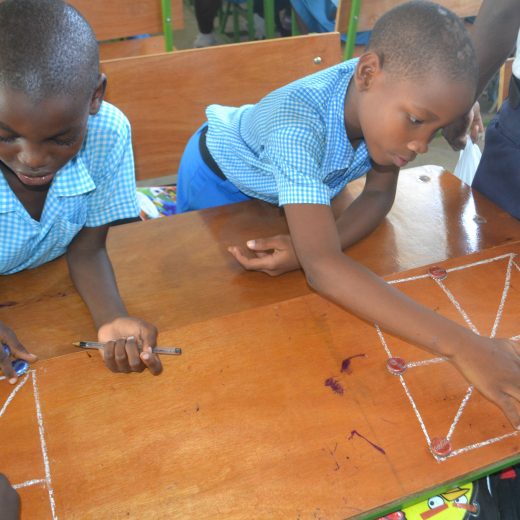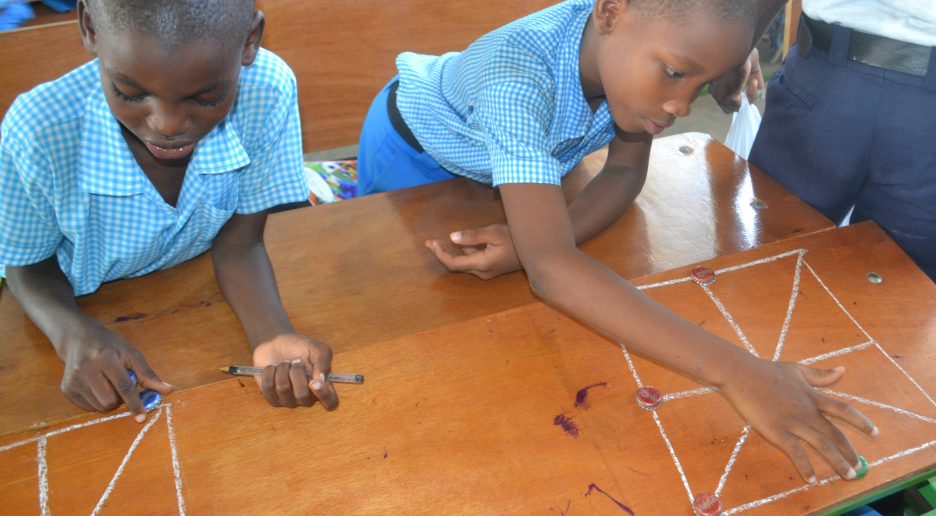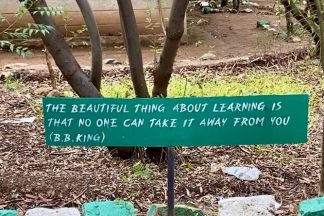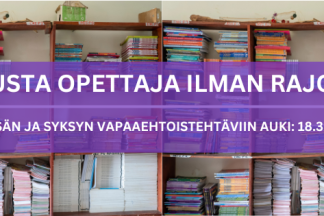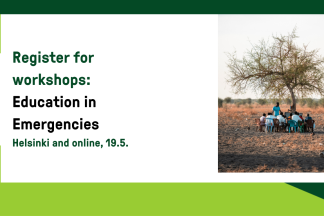I have recently conducted a training in three primary schools, two of them built by FCA after Haiti’s earthquake that devastated the country in 2011. The training had two main areas. The first part focused on environment protection, in which we had discussions regarding the environmental situation in Haiti, the long and short term consequences of pollution and some actions we could do to reduce it. I avoided telling the participants what I thought would be some solutions to these problems. First of all, I have been in Haiti for a very short time and I do not know the context nor the teachers and secondly, because if I tell them what they should do, they would not know the answers and it would be easier for them to forget them or felt them as an imposition from an outsider. Therefore, after presenting some facts regarding the situation in Haiti, the participants had a group discussion to find out the best solutions according to their perspecti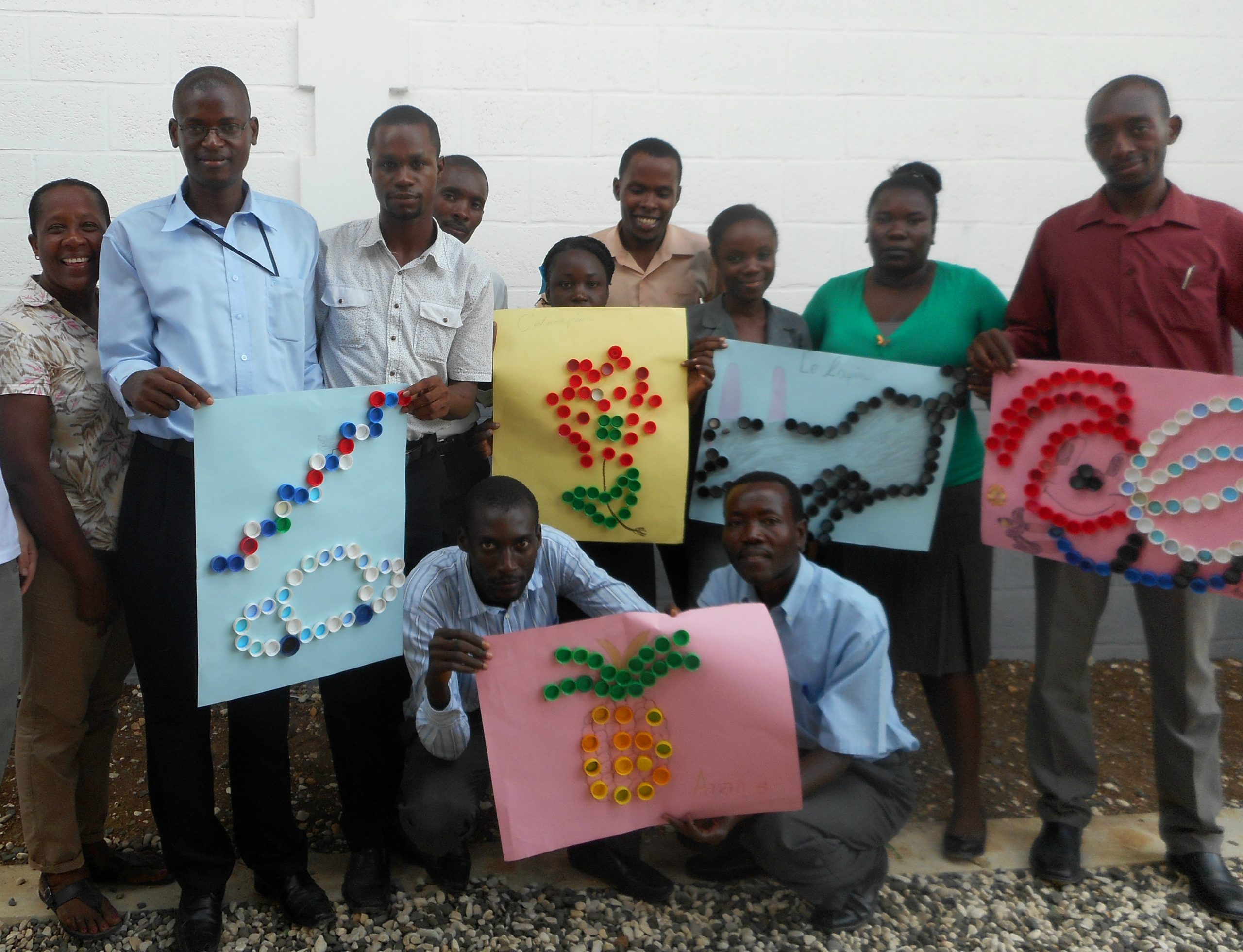 ves.
ves.
The second part of the training aimed to develop a learner-centred approach and to use materials in class to promote learning through experience. A resource easy to find everywhere in Haiti are bottle-tops. Due to the poor waste disposal in the country and the high consumption of bottled beverages, it is easy to find a large amount of bottle-tops nearby the schools. These can be used to reinforce learning in many subjects such as in mathematics, sciences, French, Creole or arts, and the activities can be designed for learners from kindergarten to high school. Reutilising bottle-tops also have a positive impact on the environment because it gives a new use to something that was considered as garbage.
One of the reasons why the schools do not have educative resources is because of their high price. Schools have already great difficulties to pay teachers’ salary, build bathroom facilities or create access to drinkable water and electricity. In order to overcome the lack of resources, there is a need to find creative and cost-free solutions which would provide access to materials that help children learning through experience, promoting individual learning as well as learning through collaboration with peers. Creativity to find new solutions to old problems is crucial in developing quality in education.
In Haiti and elsewhere, the most widespread teaching method consists on the teacher speaking out loud and all learners together repeating what they have just heard. For example:
Teacher: the capital of Haiti is Port-au-Prince
Teacher: the capital of Haiti is…
All learners together: Port-au-Prince!
Before preparing the training I visited the three schools for two weeks, and I saw this method in almost every class, no matter the subject or the grade. This teaching approach works with the short-term memory (very short-term indeed), but it has a minimal impact on the long term.
There are a number of reasons for using this teaching method in Haiti and elsewhere. Three major reasons I consider relevant are the following. First, teaching by repetition helps maintaining discipline and order in class. Learners know when they have to talk and they know what they have to say. Secondly, this method has been used by previous generations and it is easier to continue with it than start using new methods with unpredictable consequences. Lastly, the majority of teachers are unqualified. According to USAID, 80% of teachers have not received any pre-service training and many of them start teaching just after finishing primary school. Teaching by repetition does not require an understanding of children’s physiological development, the relevance of learning through experience and collaboration nor the importance to develop creativity and a critical mind.
The use of bottle-tops can be combined with the more traditional approach to education that Haitian teachers feel more comfortable with. This training was not aimed to change their way of teaching drastically but to provide them some other alternative methods that they could also use in their classes, encouraging children to learn by themselves as well as from their peers.

